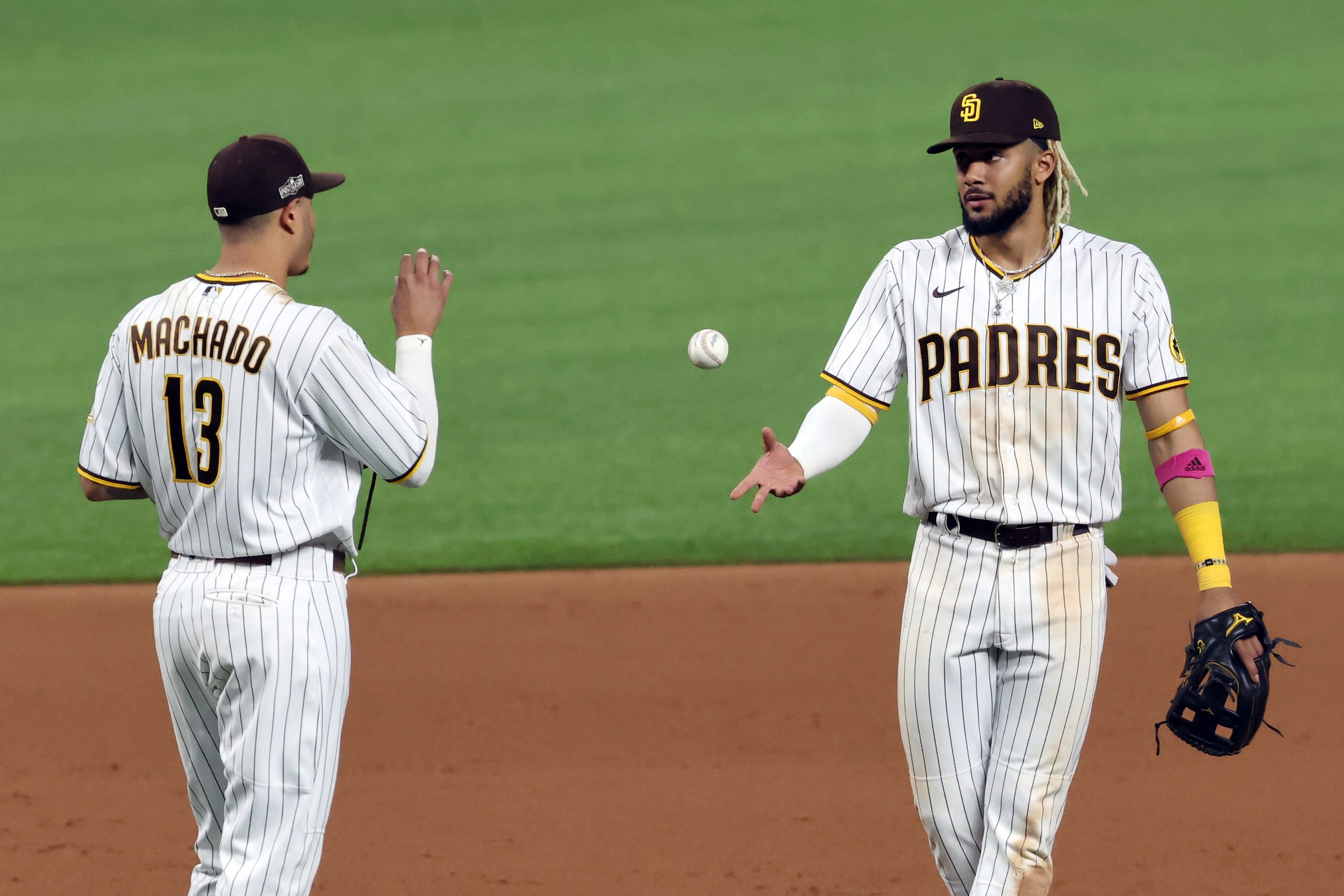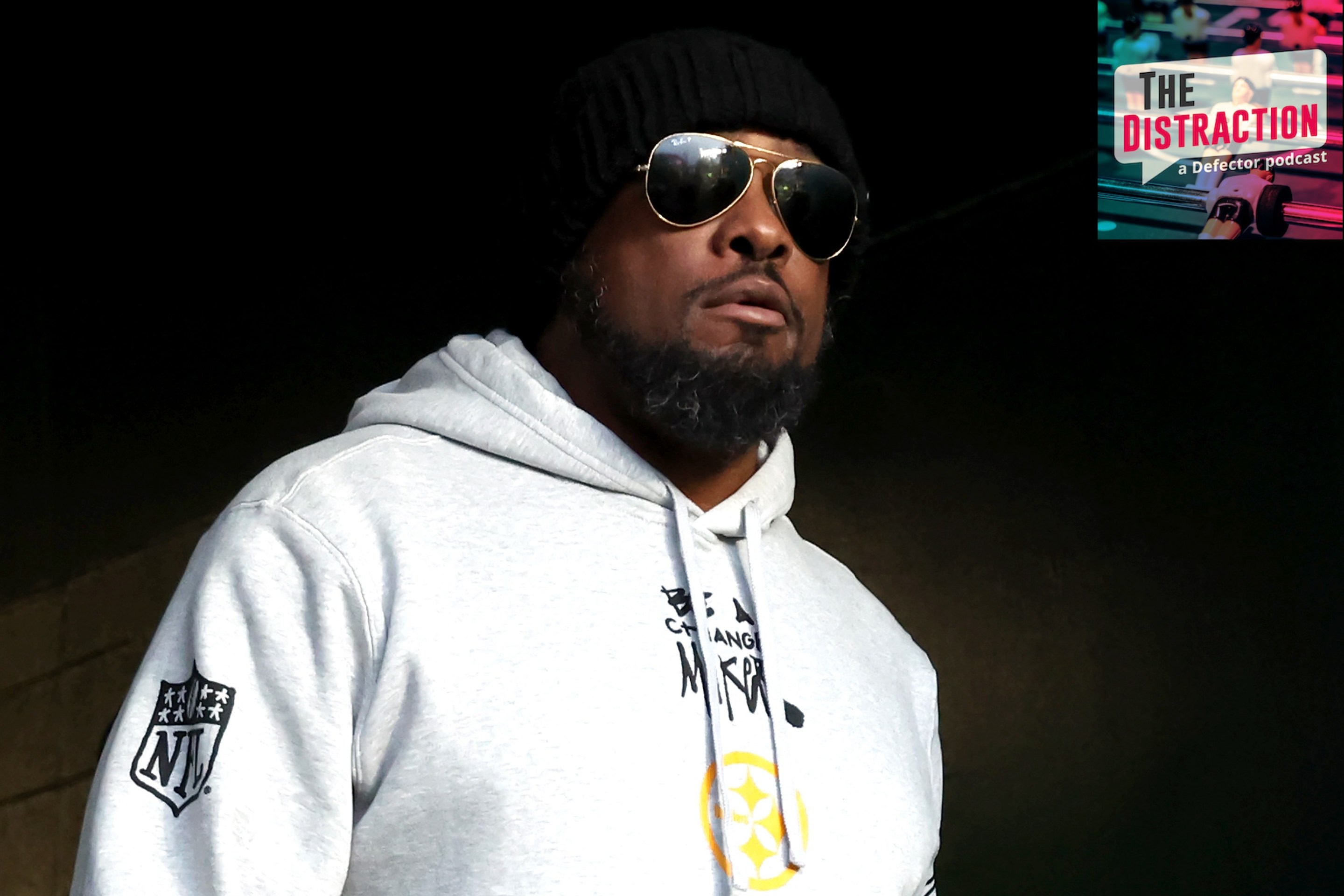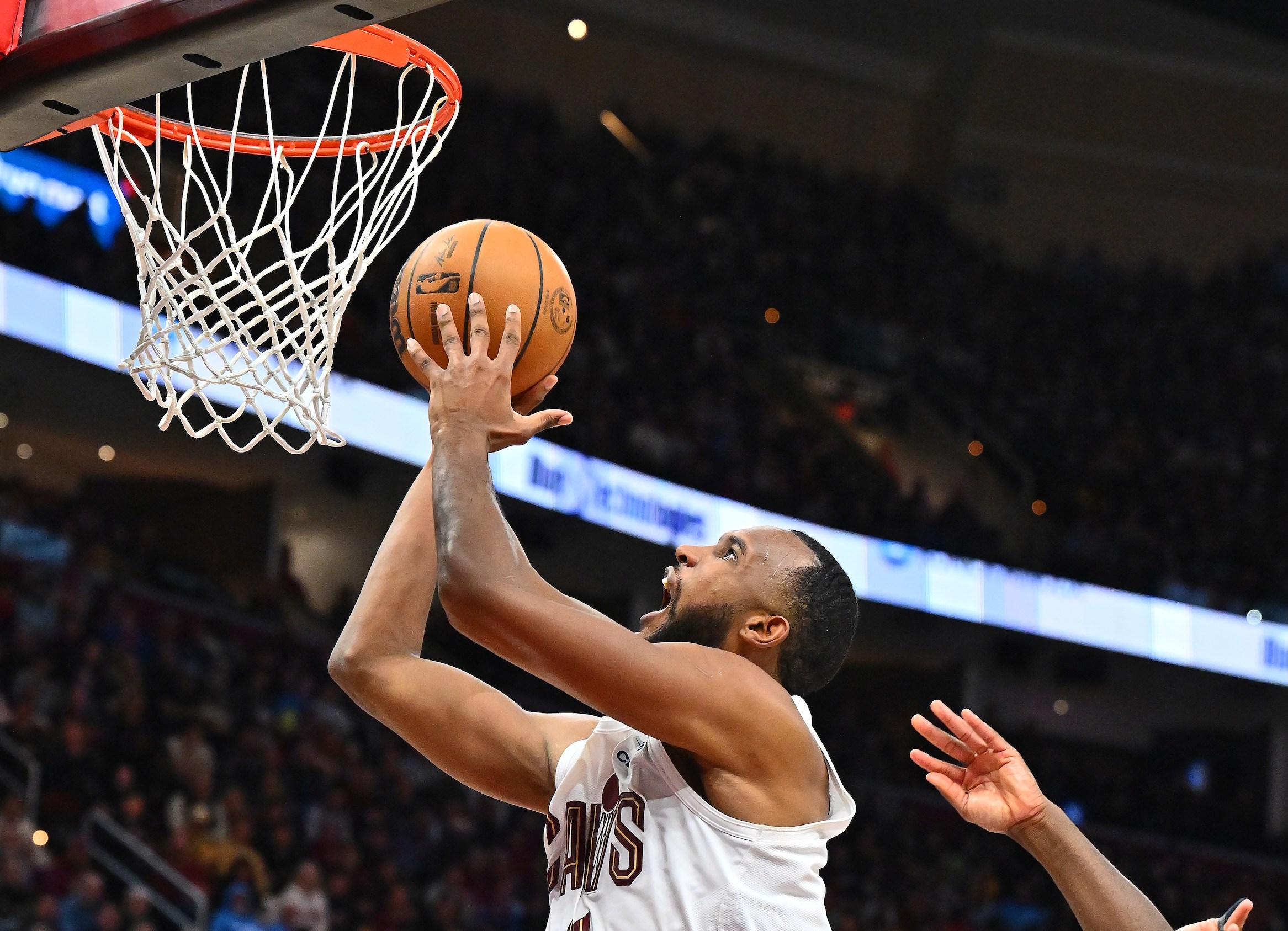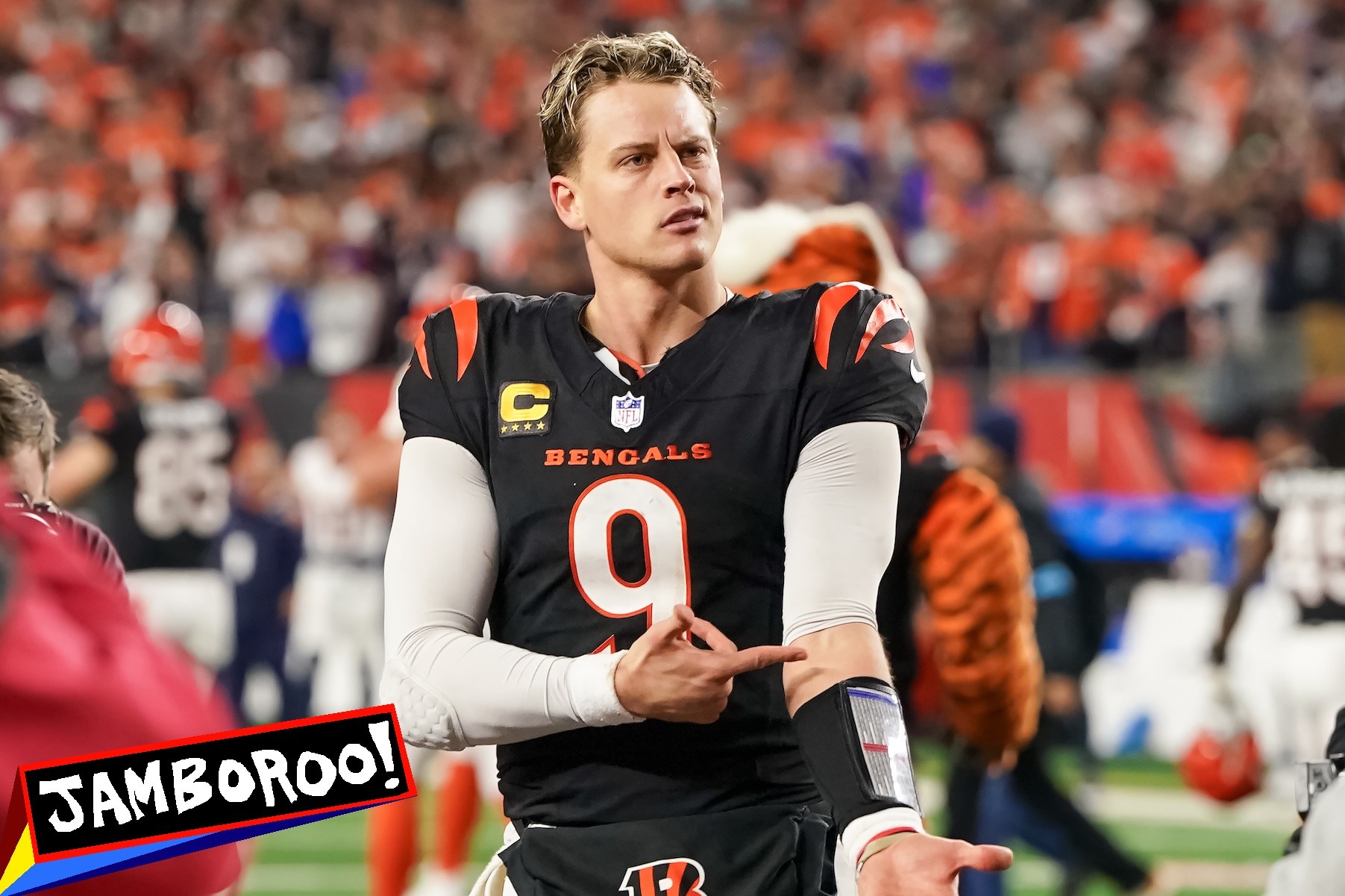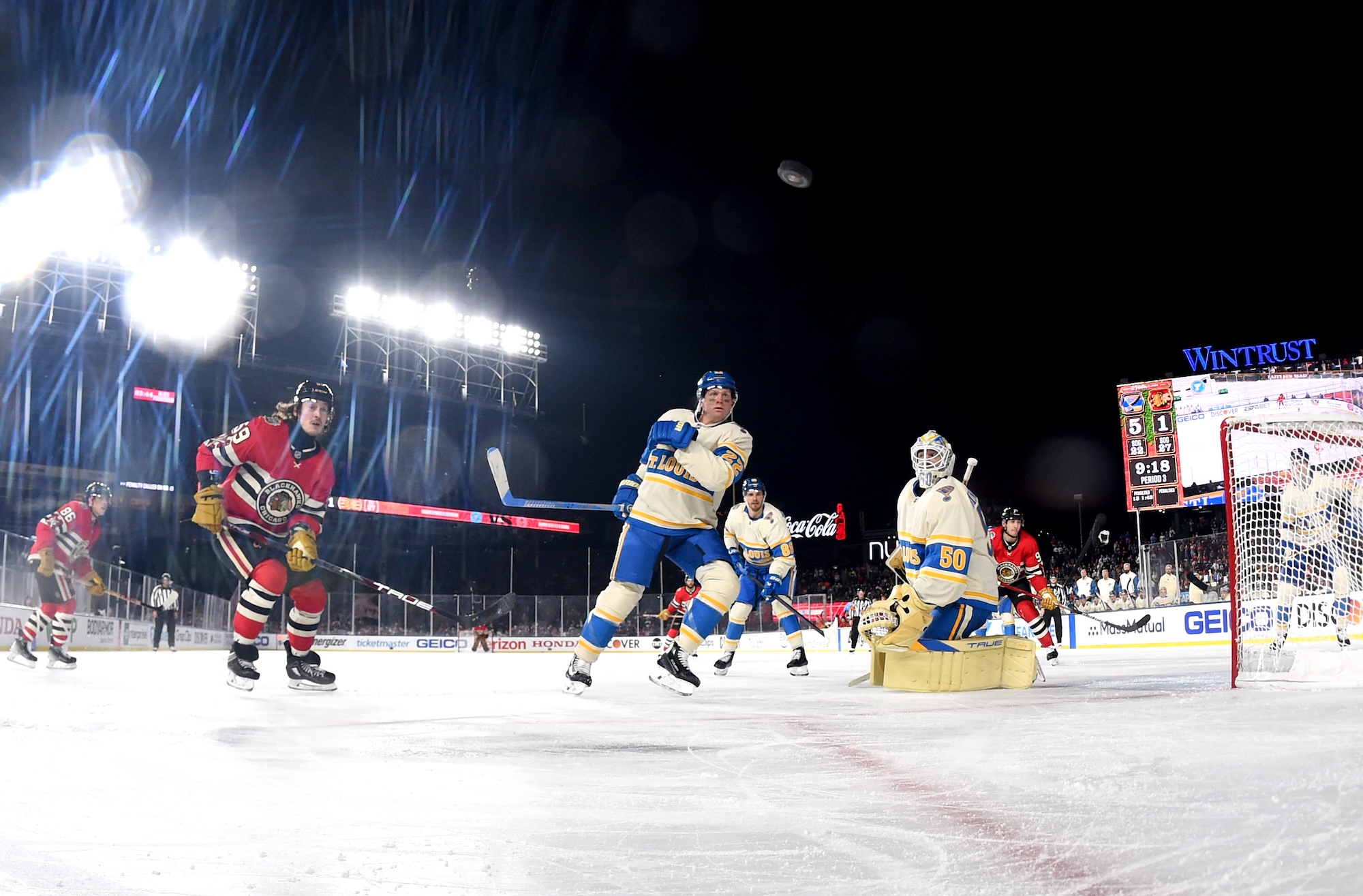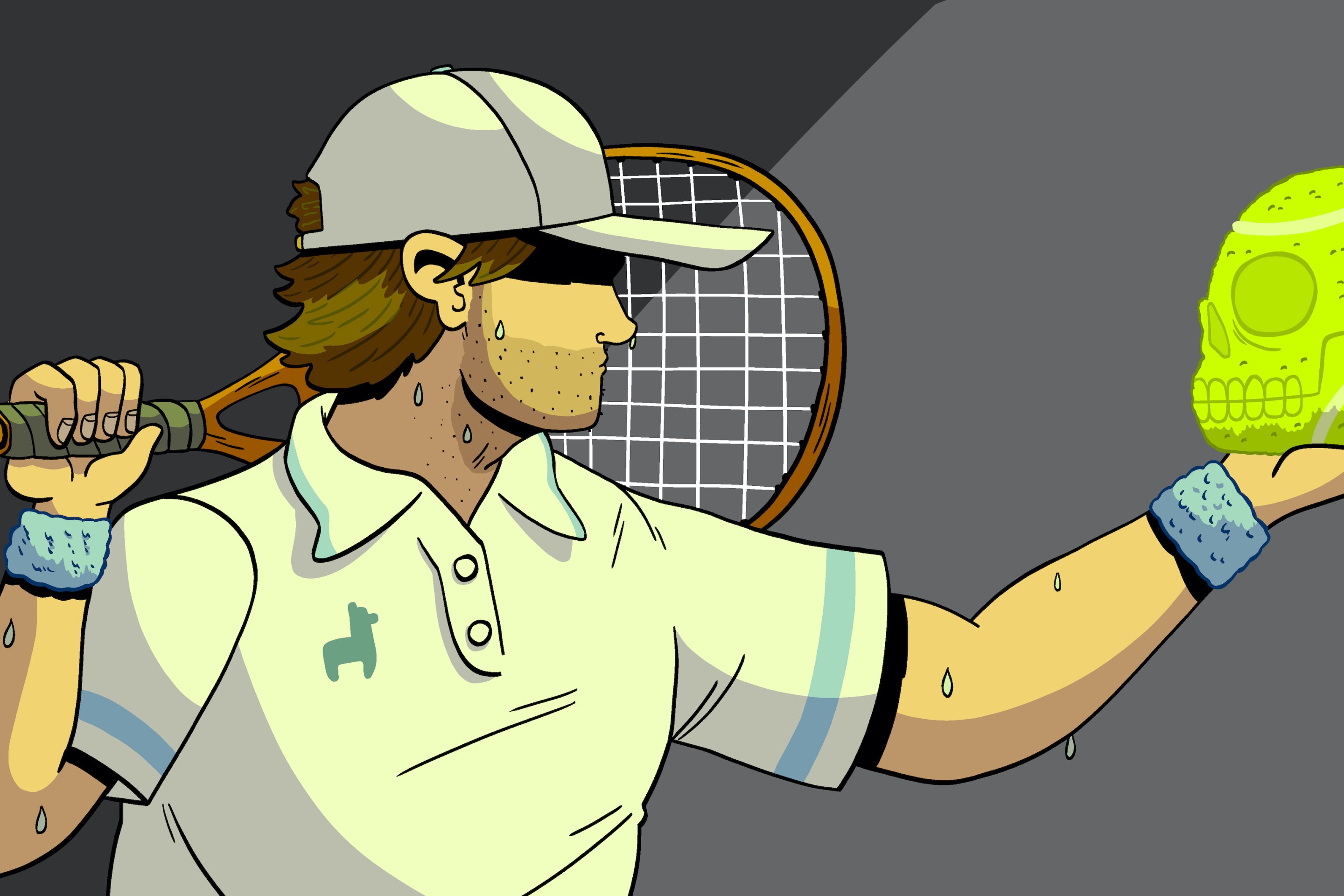Two of the best starting pitchers in baseball were traded to the San Diego Padres over the course of 24 hours on Sunday and Monday. Because of the extremely divergent returns those pitchers' previous teams received, and because the Padres have traditionally been one of baseball's most reliable nullities, and also because of the natural tendency to rubberneck at the wild and cynical financialized perversity of circa-now Major League Baseball, it is tempting to focus on the sellers. There is no reason not to do just that, at least briefly. It's just that the aforementioned perversity is, in this case, not really the admirable or even interesting part of these deals.
But about that perversity! It doesn't hurt that the sellers are two of the league's more recently successful and readily reviled organizations. The Tampa Bay Rays sent Blake Snell, the 2018 Cy Young Award winner and an ace who seemed ready to become a World Series hero before the club pulled him after 73 pitches in Game 6 of the World Series, to San Diego in exchange for four prospects. It was the sort of deal that the Rays make both as a matter of course—even the objectively team-friendly three years and $39 million due to Snell is not and could never be friendly enough for Tampa's approach to its own payroll—and because doing these trades, over and over and as artfully as possible, is something like the team's operational philosophy. While the Rays have now lost the two best starters from their World Series team, they managed to reload in this case with some decently regarded young talent from the Padres and anyway always seem to be truly chasing a notional most-wins-per-dollar-spent title.
The Chicago Cubs are the other team, and they dealt 2020 Cy Young runner-up Yu Darvish and his personal catcher, the promising young backup Victor Caratini, to San Diego on Monday night for diminutive junkball wizard Zach Davies and four far-off prospects. The Snell trade was a salary dump, but it was not just a salary dump. The Darvish deal, by contrast, is pretty much what it looks like. It's not that the Cubs didn't get anything back for Darvish, because they did. Davies is still cheap and has pitched subtly and well in the bigs for half a decade; of those four prospects, only 20-year-old Yeison Santana even has an official at-bat in affiliated ball. He hit pretty well in rookie ball in 2019. Any one of them could flip the deal into the positive for the Cubs in the same way that Fernando Tatis Jr. turned the transaction previously known as The James Shields Trade into a world-historic win for the Padres. As they are all effectively still children, they could also all bust before Double-A. It will be many years before anyone knows one way or the other, and it's also a fair question whether, say, the value that the Rays are getting from Willy Adames right now is worth the seasons of peak David Price that they traded away a few rounds of disrupt-and-dump ago to get Adames back when he was a similarly vague teenage prospect.
The more urgent and easier to answer question here is whether the Cubs were prioritizing this return over the opportunity not to pay Yu Darvish the rest of his contract. They decidedly were not, and the result speaks to that. For all the available euphemisms here—the Cubs, as ESPN's Buster Olney put it, "aimed to transfer debt"—there is nothing really interesting about this sort of deal. It's high-handed rich-person shit, too insulting and oafish and belligerently shortsighted to qualify as cynical, and as such is all the more infuriating for how normal it has become in Major League Baseball and in a culture and moment that's already miserably glutted with it.
Which leaves us, finally, with the team that won both these trades. The Padres have tried and failed in enough ways in recent memory—through importing stars via trade and free agency, through creating entire goateed rosters in the grit-and-gumption image of Eric Owens, through sudden brute-force overhauls and long-range rebuilds—that they have become easy to forget about. There was even a period in which Becoming Easy To Forget About appeared to be the organizational strategy, although in retrospect the team's owner was just taking time to focus on his divorce.
As the team's most recent long-run rebuild has lately started to pay off, the Padres began, in a development that is only contextually shocking, to do the sorts of things teams are supposed to do around that point in a competitive cycle. One of those is paying (and, if necessary, overpaying) veteran stars they believe will be both productive on the field and useful in developing the young talent coming up through the system. Another is cashing in prospects that might be worth more to cheap teams like Tampa or Cleveland in exchange for stars those teams decide they can no longer afford; those trades have lately brought Snell and Mike Clevinger to San Diego. A third is taking advantage of teams like the Cubs that have convinced themselves that the best tactical maneuver at this junction is to be taken advantage of. If done correctly over a suitably long period of time, all this trying-to-win tends to add up to winning.
There is nothing about what the Padres are doing right now that is difficult to explain or understand. They are using the players and money at their disposal to get as much better as they possibly can. Signing Ha-Seong Kim, who has been one of the best hitters in the KBO and which the Padres also found time to do on Monday, is another way to do this. Kim has played shortstop and third base in Korea, and the Padres are set at both positions for roughly the next decade, but there will be room for Kim in the lineup somewhere if he can hit and they're happy to figure that out when the time comes. Kim's contract is a smallish investment as these things go, but a telling one. The Padres were good before they signed Kim. They just decided that, given the cost and given the potential benefits, it couldn't hurt to try to get even better. The same goes for trading prospects who, for all their promise and years of cost-certain cheapness, are not yet as useful as the players ahead of them on the depth chart.
Every good team uses this kind of hybrid approach now; every good team develops young players carefully, keeps and trades them according to need, and takes advantage of opportunities to add market-rate talent when and where they present themselves. The Dodgers, who are both the Padres' chief rivals in the National League West and something like the model for a modern baseball team, developed their current core of underpaid young stars, found marginal bargains other teams missed, used their surplus of young talent to get Mookie Betts from the rebuilding Red Sox, and then spent the necessary money to keep him; how they got good is how they will stay good. The Padres may not quite be there yet, but with more prospects coming—the Padres retained their top pitching and catching prospects even through these deals—they don't really have to be. They can just keep improving.
The Padres are very obviously going for it, which is what baseball teams are supposed to do. They are not even doing this in what their peers might sniff is a financially reckless way. No team does that anymore; the last class solidarity in America is the suspicious consensus among MLB owners that spending too much money on MLB players is both wrong and shamefully déclassé. Not every team has good enough prospects to get Snell from the Rays without hurting its long-term health; basically every team could have made the Darvish deal, given what the Cubs accepted in return. But the Padres' greatest advantage, and the one that made this possible above all others, is that they're even willing to try.
All of which is to say that the Padres have taken advantage of the signal and single most important inefficiency in baseball at this moment, which is that only a handful of teams are even trying to improve their rosters, let alone compete for a World Series. There are as many mealymouthed excuses for that as there are teams, but only one compelling explanation. The Padres' efforts over these decisive 24 hours make it clear just how much ground a sufficiently motivated team can gain in this bleak and blatant moment in the sport. For years, now, baseball's winters have been defined by teams dithering and obviating and qualifying, some tentatively going for it before much more vigorously pulling back, others doing the absolute minimum, and something like a third of the league doing even less than that. It's not that it's surprising to see the Padres trying like this; they've been building carefully toward this for some time. What makes it stand out, and the real and troubling perversity buried in the surprise, is that they're the only team doing it.
